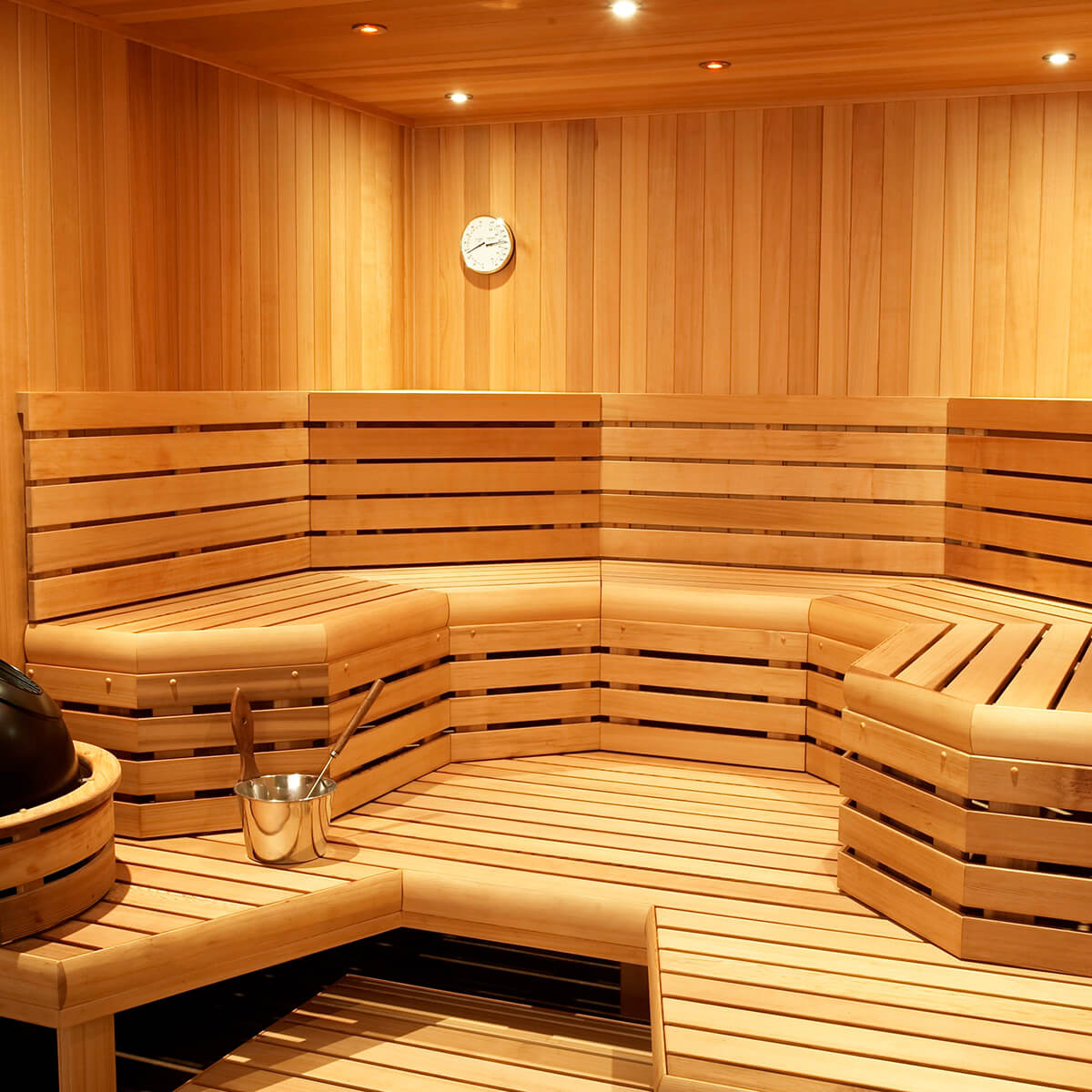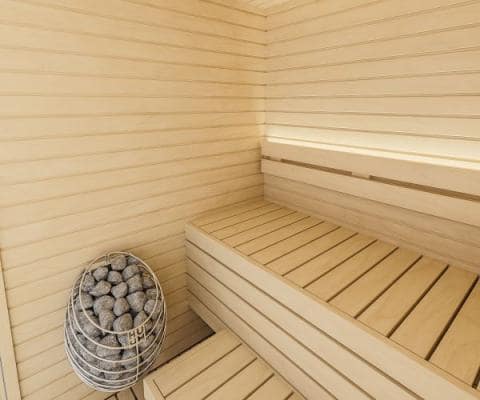7 Simple Techniques For Traditional Sauna
7 Simple Techniques For Traditional Sauna
Blog Article
What Does Traditional Sauna Do?
Table of ContentsThe 30-Second Trick For Traditional SaunaThe Traditional Sauna PDFsThe Facts About Traditional Sauna UncoveredThe smart Trick of Traditional Sauna That Nobody is Talking AboutSome Known Details About Traditional Sauna
The majority of the weight shed in a sauna is water loss and is re-gained upon rehydrating. However, undoubtedly sauna can be a vital part of a healthy weight-loss program. To look at the distinctions between traditional and IR saunas, I will certainly divide these right into proven, academic, and made distinctions.Hence, the most popular point in the saunawhich is at the ceiling directly over the sauna heateris usually in between 185 and 190 F. Claims that a typical sauna surpasses 200 F is merely not true and not relevant for electrical saunas offered in the United States. The temperature level for a far-infrared sauna is typically established between 120 and 140 F; nonetheless, unlike the typical sauna, the objective in and IR room is not to achieve a high temperature.
Because of this, the temperature difference is virtually pointless, given that excessive sweating results in both sauna kinds, yet the method of warming the body is different. In an IR sauna the bather will feel warm and will sweat profusely, yet at much lower temperature levels (Traditional Sauna). Thus, if the objective is to spend longer amount of times in the sauna, the IR sauna is a great option
When a standard sauna has been appropriately heated up, the sauna walls are warm, the air temperature level has accomplished established temperature and the rocks are super heated. As an interesting side note, the heated wall surfaces and the rocks are producing far-infrared warmth, combined with the heated air, to produce an "enveloping warmth".
The 8-Second Trick For Traditional Sauna

When the high temperature level is accomplished, the components cycle on and off to keep the heat. The majority of standard sauna customers delight in putting water over the rocks to create steam to increase sauna moisture degrees. The advantages of pouring water over the rocks consist of: making the room a lot more comfy, moistening the nasal flows, and allowing the usage of aromatherapy by mixing important oils with the water.

When the power gets in the body, it triggers the body temperature to boost and inevitably leads to sweat. In an infrared sauna it is necessary for the emitters/heaters to stay on nearly frequently. Given that there is no mass of rocks to keep warmth, the sauna will certainly cool if the emitters turned off.
As discussed above, the sauna bather in an infrared space wants to place himself in front of running emitters to get maximum advantage from the heat. The home heating time next page for both areas can be really different, relying on just how the areas are used. For a typical sauna, a bather needs to allow 30-40 minutes for the area to attain a wanted temperature level and to appropriately pre-heat the rocks.
Traditional Sauna Fundamentals Explained
A well built sauna will commonly accomplish a temperature of 150-160 F in regarding 30-40 minutes. For hotter temperature levels, the space might need to warmth for a longer duration.

Typical saunas have a tendency to be bigger (thus use even more power) than infrared saunas, although standard saunas are certainly offered in one and two individual sizes. For a two-person typical sauna, 5x6 or 5x7 dimension is most preferred. The top bench can comfortably seat 2 or three individuals and is also enough time to relax throughout the sauna session.
More About Traditional Sauna
The average expense per kWH of electrical energy in the U.S. is roughly $0.11, so a 4.5 kW heating system will set you back roughly $.50 to compete one hour, if the heating unit runs continuously for one hour. Commonly a sauna heater will run for 75% of the first hour and 50% of subsequent hours on because the aspects cycle once the set temperature is attained.

Finally, there is a seldom reviewed difference in the social experience between both rooms. While our society has shed some of the social benefit of the traditional sauna experience, it can be really socially fulfilling (Traditional Sauna). From family members time in the sauna, to heart-felt conversations with considerable others, to sauna partiesthe typical sauna experience can bring about intimate socializing
Traditional Sauna Things To Know Before You Get This
The majority of greater end infrared rooms include colored light therapy, noise systems and full-glass fronts.
Report this page